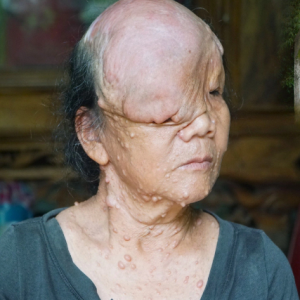Cyanosis is a medical condition characterized by the bluish discoloration of the skin, mucous membranes, and nail beds. This discoloration occurs when there is a decrease in the oxygen saturation of the blood, leading to an increased concentration of deoxygenated hemoglobin.

There are two main types of cyanosis: central cyanosis and peripheral cyanosis. Central cyanosis occurs when there is a decrease in the oxygen levels of arterial blood, typically due to respiratory or cardiac issues. This can manifest as bluish discoloration of the lips, tongue, and oral mucosa. Peripheral cyanosis, on the other hand, is caused by reduced blood flow to the skin and extremities, often due to cold temperatures or circulatory problems. It presents as blue-tinged skin in the fingers, toes, and hands.

One of the primary causes of cyanosis is hypoxemia, which occurs when there is insufficient oxygenation of the blood. This can result from respiratory conditions such as pneumonia, asthma, chronic obstructive pulmonary disease (COPD), or even high altitudes where oxygen levels are lower. Cyanosis can also be indicative of underlying heart problems, such as congenital heart defects, heart failure, or severe cardiac arrhythmias, which impair the circulation of oxygen-rich blood to the body.

Diagnosis of cyanosis involves a thorough physical examination, including assessing oxygen saturation levels using a pulse oximeter. Additional tests may be conducted to identify the underlying cause, such as blood tests, chest X-rays, electrocardiograms (ECG), or echocardiograms.

Treatment of cyanosis depends on addressing the underlying cause. For example, administering supplemental oxygen can help improve oxygen saturation levels in the blood for individuals with respiratory issues. Medications may be prescribed to manage conditions such as heart failure or pulmonary hypertension. In severe cases, surgical interventions may be necessary to correct congenital heart defects or other structural abnormalities.
Preventive measures can also help reduce the risk of cyanosis. This includes maintaining a healthy lifestyle, avoiding smoking and exposure to secondhand smoke, receiving vaccinations to prevent respiratory infections, and seeking prompt medical attention for any symptoms of respiratory or cardiac distress.
In conclusion, cyanosis is a clinical manifestation of decreased oxygenation in the blood, often indicative of underlying respiratory or cardiac conditions. Early recognition and appropriate management are crucial in improving outcomes for individuals affected by this condition. Through comprehensive medical evaluation and targeted interventions, the blue hue of cyanosis can be replaced with the rosy glow of restored health and vitality.









